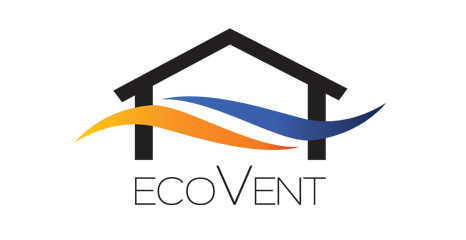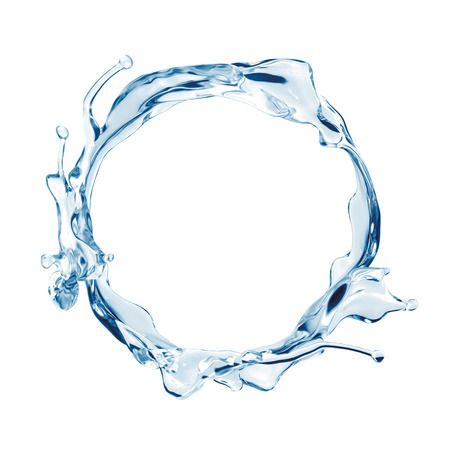From smartphones to 3-D printers, technology is evolving at an exciting rate. These new innovations are affecting a wide range of industries, including the world of HVAC. What major changes and improvements might we see in the years to come? Let’s take a look at some possibilities.
Motion-Activated Air Conditioning
This idea comes from engineers at MIT, who have developed a system of sensors on metal rods hung from the ceiling. When the sensors detect movement, the AC kicks on. Pretty ingenious, huh? This example also demonstrates another factor we think will be key to future HVAC systems: a compact, portable design that reduces energy costs.

Digital Zoning
More fun with sensors: Ecovent, which is already on the market, replaces your home’s vents with sensor-driven ones. A smartphone app allows you to control the temperature of each individual room. No more hot or cold spots throughout the house, or wasting energy to heat rooms you aren’t currently using. Ecovent can be installed in almost any home (as long as you have forced air, grounded wall outlets, an internet connection, and a wireless router) and saves consumers between 15-25% in energy costs per year.

Thermally Driven Air Conditioning
Another idea that’s already being implemented on a small scale is thermally driven air conditioning, which uses solar energy supplemented by natural gas. When you consider that the places with the largest need for AC generally coincide with places receiving copious amounts of sunlight, using one to power the other certainly makes sense. Australian company Chromasun is already producing these units, though it will likely be a few years before they are available in the US. This design eliminates the need for electricity to cool your home and provides the best chilling capability of any system thus far.

Hot Water Recirculator
Some companies are looking for solutions to currently inefficient practices, such as how to use the cold water we waste while waiting for our water to warm up. If you’ve read our Water Wisdom blog post on saving water, you know that we recommend collecting this water in a bucket and using it to water your plants, but wouldn’t it be better if that cold water was automatically circulated back into the water heater? A Rhode Island company is working on this technology, which could save the average home about 12,000 gallons of wasted water per year.

Further Future
Other ideas we might see more of in coming years include 3-D printed air conditioners (Emerging Objects has already printed a brick that pulls moisture out of an area to cool it, but we’ve still got a ways to go before this technology is usable on a large scale and in extreme temperatures), and harnessing the heat generated by computers to affect the temperature in your home (hey, we’ve all felt the extra warmth when we use our laptops for an extended period of time). These ideas are still in the early stages, and we don’t know how other emerging technologies will affect their development.
There’s no question that the world around us is changing, and we’re excited that many new products are focused on improving efficiency and energy use, helping to make heating and cooling less expensive for the consumer and less harmful to the environment. We’re excited to see which of these innovations will fall by the wayside and which will become indispensable. In the meantime, we’re here to care for your existing system or to educate you on the most up-to-date replacement options. See you in the future!


